Discovering Peru: Journey with Nicolas!
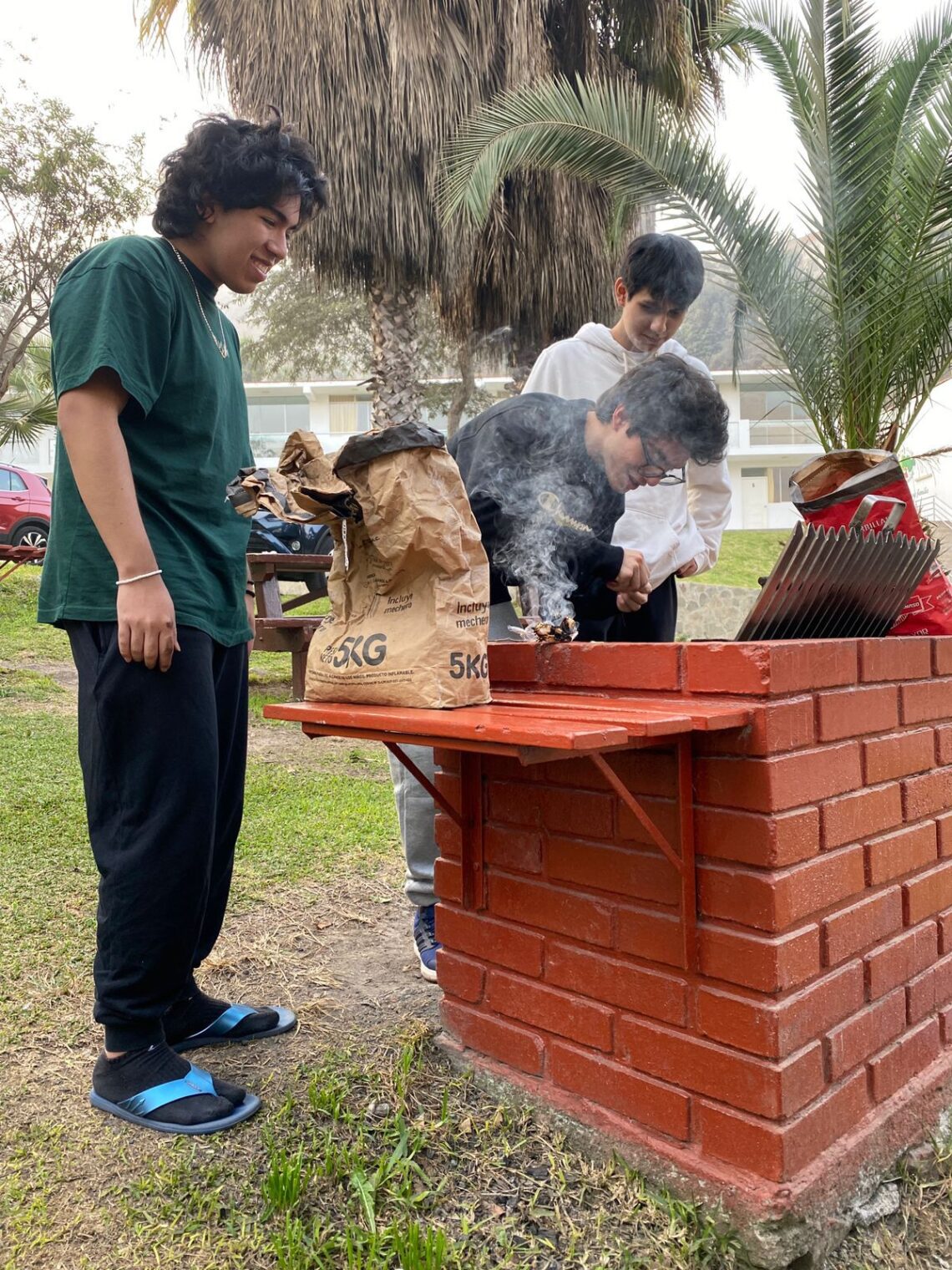
Did you miss us? We certainly missed you, and we’re excited to be back with another captivating article about Peru. Join us as we embark on a journey with Nicolas, a true enthusiast of his homeland.
Meet Nicolas!

Hola, soy Nicolás y vengo de Perú. Soy estudiante de pregrado en UNI, con especialización en Administración y Dirección de Empresas. Me transferí a UNI como estudiante internacional desde Lima, Perú. En general, puedo decir que el proceso de transferencia a UNI fue relativamente sencillo, gracias a la ayuda del personal de UNI. Lo que más aprecio de UNI son las numerosas oportunidades para conectarme con diferentes eventos y personas. Algo que disfruté especialmente fue la semana de orientación, que nos permitió familiarizarnos con el campus. Hoy en día, participo activamente en muchos clubes y eventos organizados por UNI. La universidad me brinda numerosas oportunidades y me apoya de todas las maneras posibles.
Hello, I’m Nicolas, and I come from Peru. I’m an undergraduate student at UNI, majoring in Business Administration and Management. I transferred to UNI as an international student from Lima, Peru. Overall, I can say that the transfer process to UNI was relatively straightforward, thanks to the assistance of UNI staff. What I appreciate the most about UNI is the numerous opportunities to connect with various events and people. One thing I particularly enjoyed was the orientation week, which allowed us to become familiar with the campus. Nowadays, I actively participate in many clubs and events organized by UNI. The university provides me with numerous opportunities and supports me in every way possible.
Nicolas Huiman – Undergraduate Student
Before delving deeper into Peru…
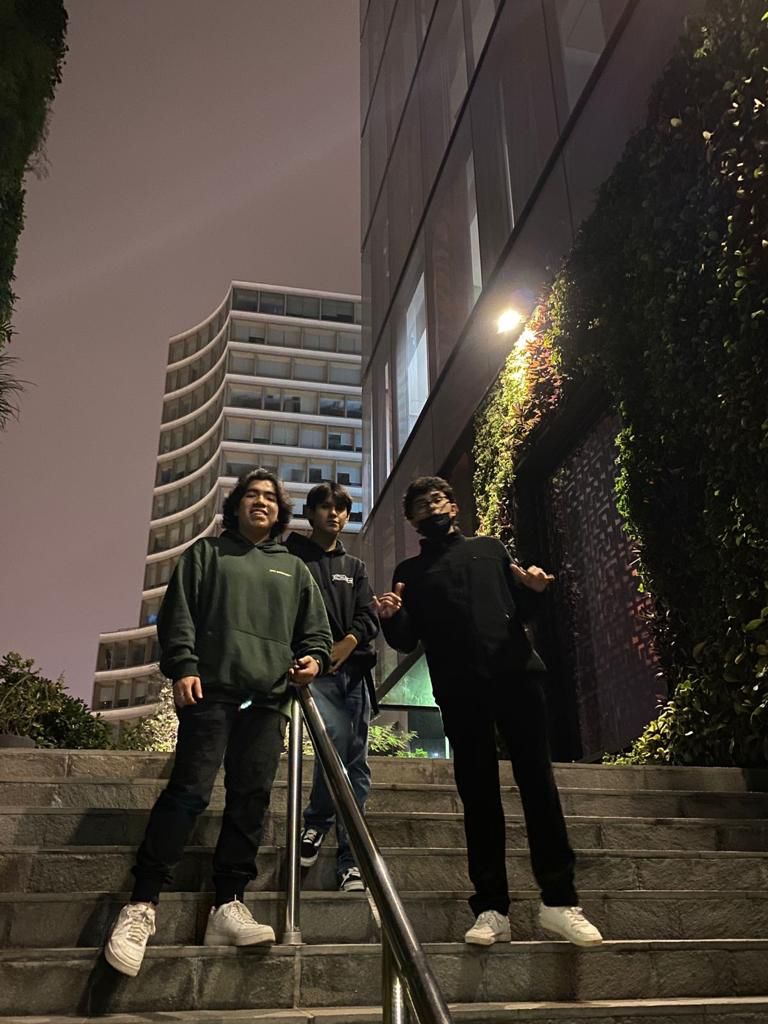
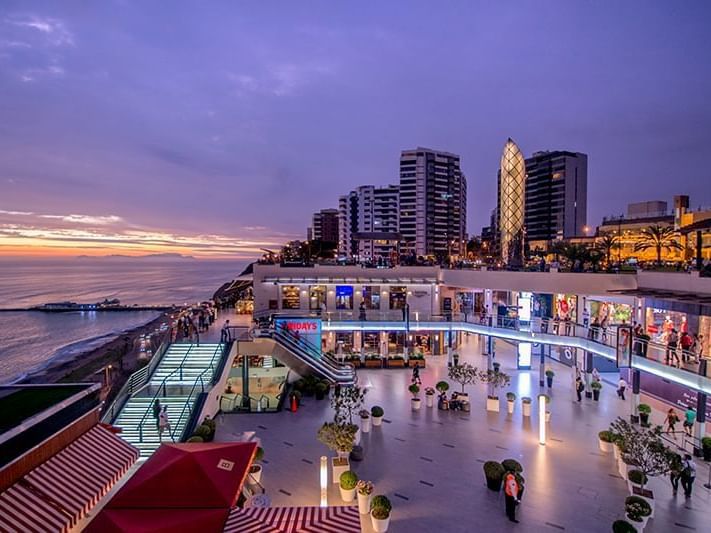
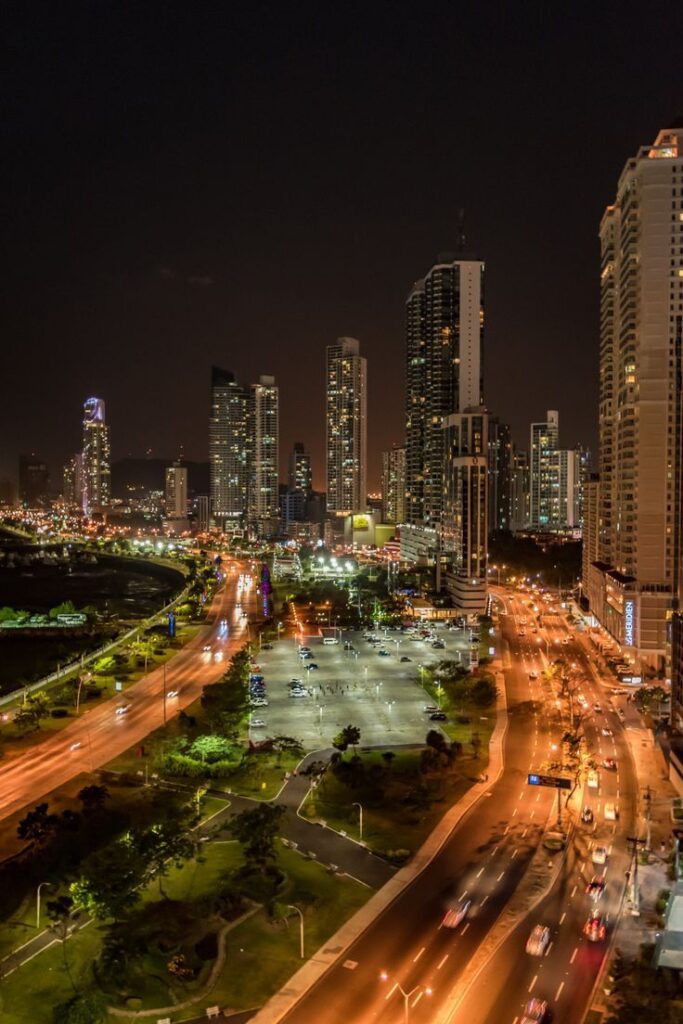

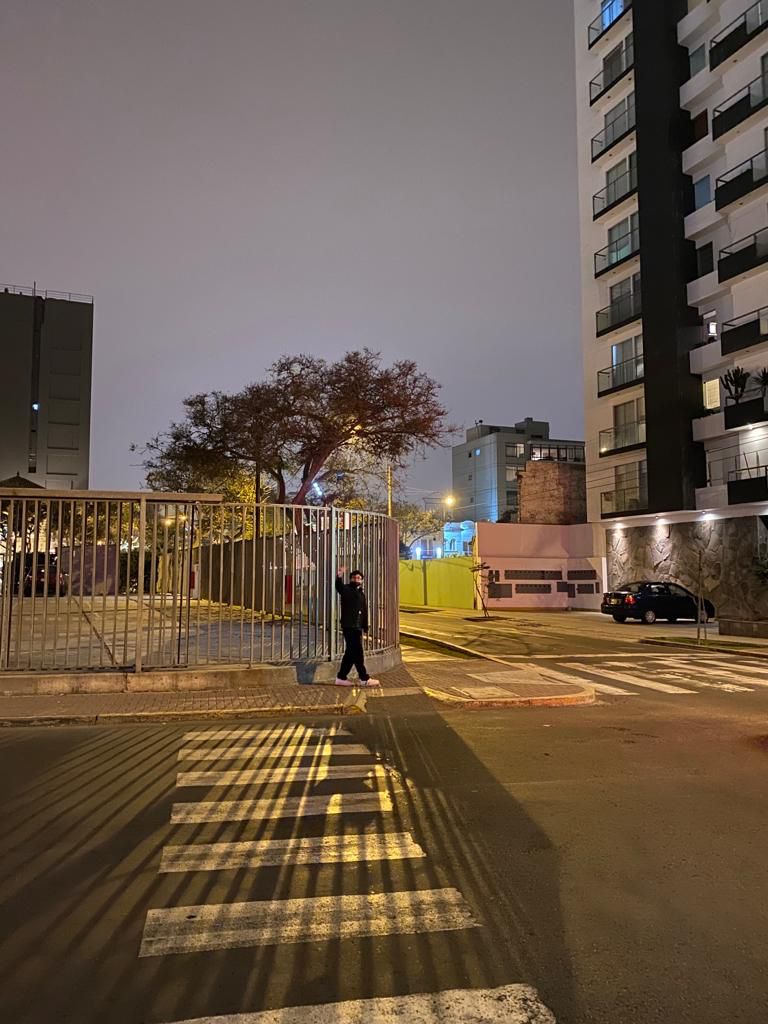
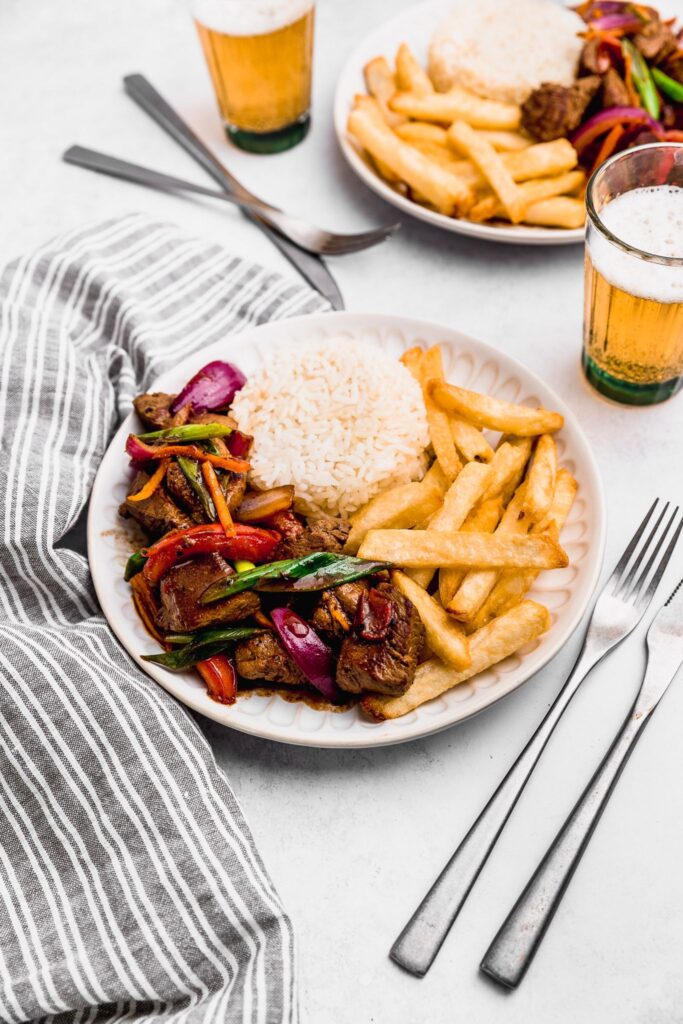
Where is Peru located?

Peru is located in western South America. It is a country that shares borders with several countries, including Ecuador and Colombia to the north, Brazil to the east, Bolivia to the southeast, Chile to the south, and the Pacific Ocean to the west. The capital city of Peru is Lima, which is situated on the country’s western coast along the Pacific Ocean.
Places to visit in Peru
Machu Picchu
This ancient Inca citadel is one of the most iconic archaeological sites in the world. It’s located high in the Andes Mountains and offers breathtaking views. Visiting Machu Picchu is a must for anyone traveling to Peru.

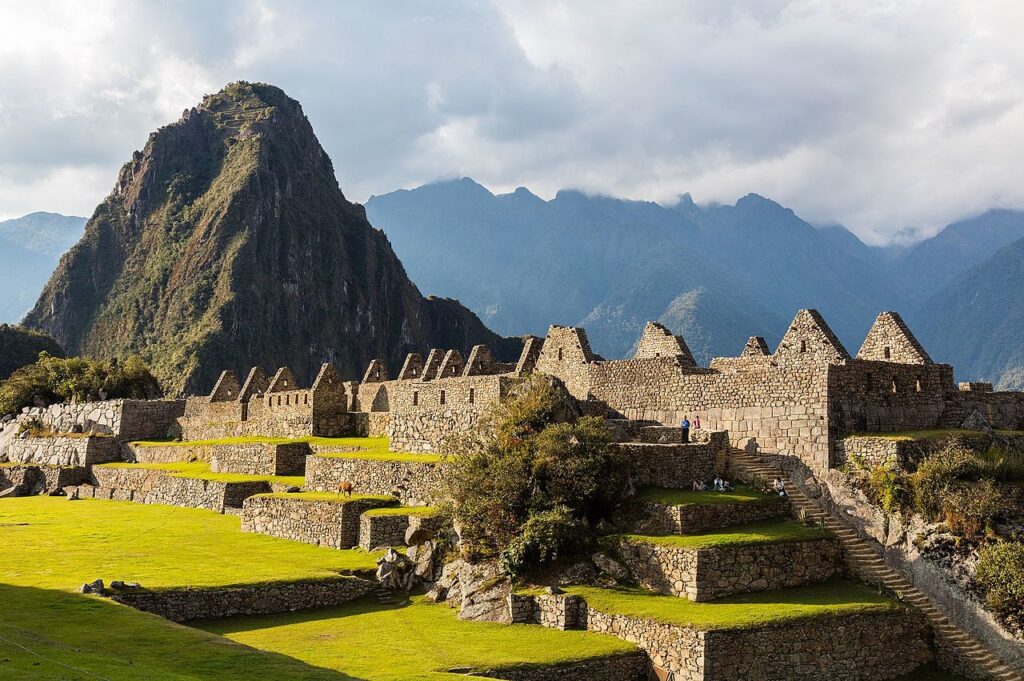

Cusco
Known as the historic capital of Peru, a city in southeastern Peru near the Urubamba Valley of the Andes mountain range. Cusco is a beautiful city with well-preserved Inca and colonial architecture. It’s also a great starting point for those planning to visit Machu Picchu.

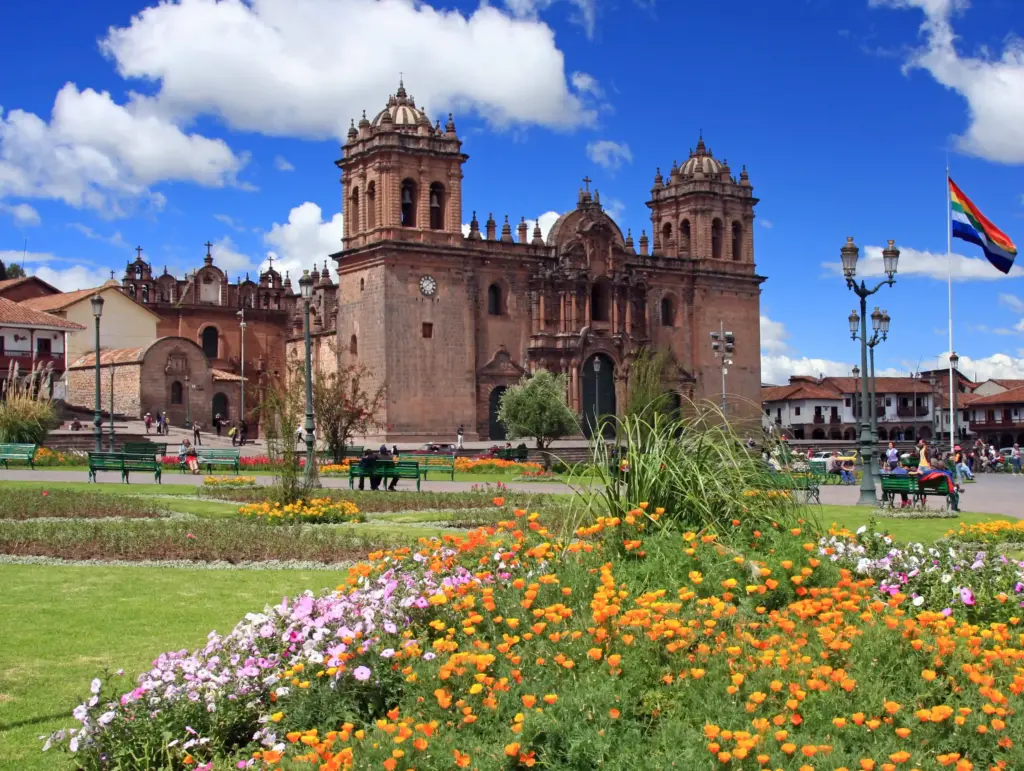
The Sacred Valley
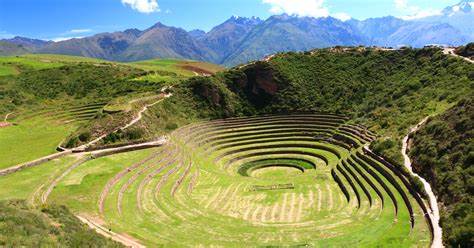
This region is located between Cusco and Machu Picchu and is famous for its stunning landscapes, Inca ruins, and indigenous markets. It’s a great place to explore the local culture and enjoy the scenic beauty.
Amazon Rainforest
Explore the Amazon jungle by visiting the Peruvian Amazon, which is home to a vast array of biodiversity. You can take guided tours to experience the unique flora and fauna of this region.
Lima, Peru
Lima, the capital city of Peru, is a vibrant and culturally rich destination with a lot to offer to travelers. Here are some reasons why you should visit Lima and what to explore in the city:
- Historical and Colonial Sites: Lima’s historic center is a UNESCO World Heritage Site and is home to beautifully preserved colonial architecture. Don’t miss the Plaza de Armas, where you can see the Government Palace, the Cathedral of Lima, and the Archbishop’s Palace.
- Museums: Lima boasts numerous world-class museums. The Larco Museum is famous for its pre-Columbian art and artifacts. The National Museum of Archaeology, Anthropology, and History of Peru provides a deep insight into the country’s history.
- Culinary Capital: Lima is renowned for its culinary scene and is often considered the gastronomic capital of South America. You can try a wide range of Peruvian dishes, including ceviche, causa, and lomo saltado, in some of the finest restaurants in the city.
- Miraflores and Barranco: These districts in Lima offer a more modern and bohemian atmosphere. You can stroll along the Malecón in Miraflores, visit the Bridge of Sighs in Barranco, and enjoy the beautiful coastal views.
- Parque de la Reserva: This park is home to the Magic Water Circuit, a stunning display of water fountains that come to life with light and music in the evenings. It’s a great place for a family outing or a romantic evening.
- Vibrant Arts and Culture: Lima has a lively arts scene, with numerous theaters, galleries, and cultural centers. You can catch a play, visit art exhibitions, or enjoy live music performances throughout the city.
- Day Trips: From Lima, you can easily take day trips to nearby attractions. The ancient ruins of Pachacamac, the Palomino Islands for wildlife watching, and the pre-Inca city of Caral are all within reach.
- Festivals and Events: Lima hosts numerous festivals and events throughout the year, such as the Mistura Food Festival and the Virgen de la Candelaria procession, which showcase the country’s diverse culture.

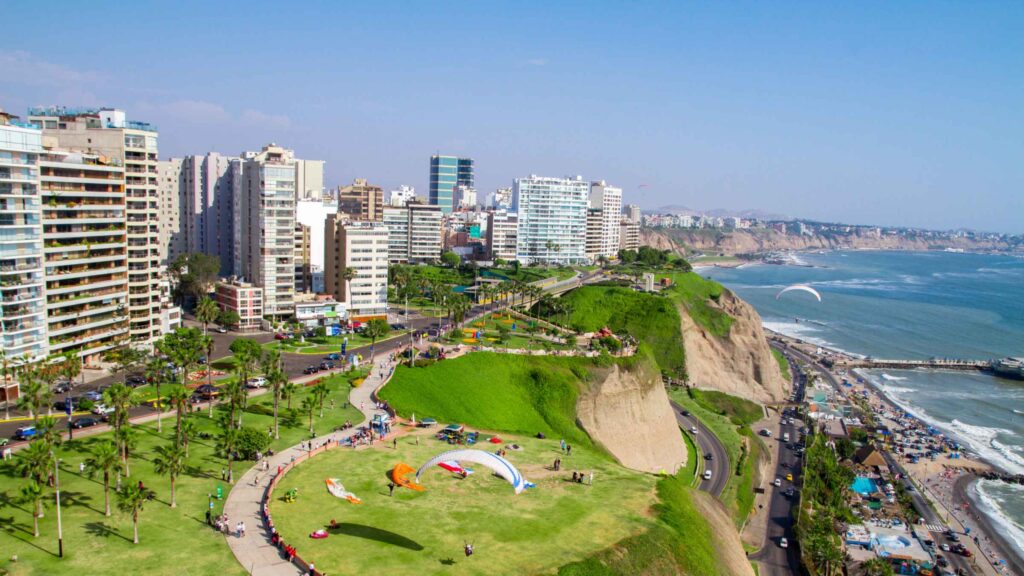
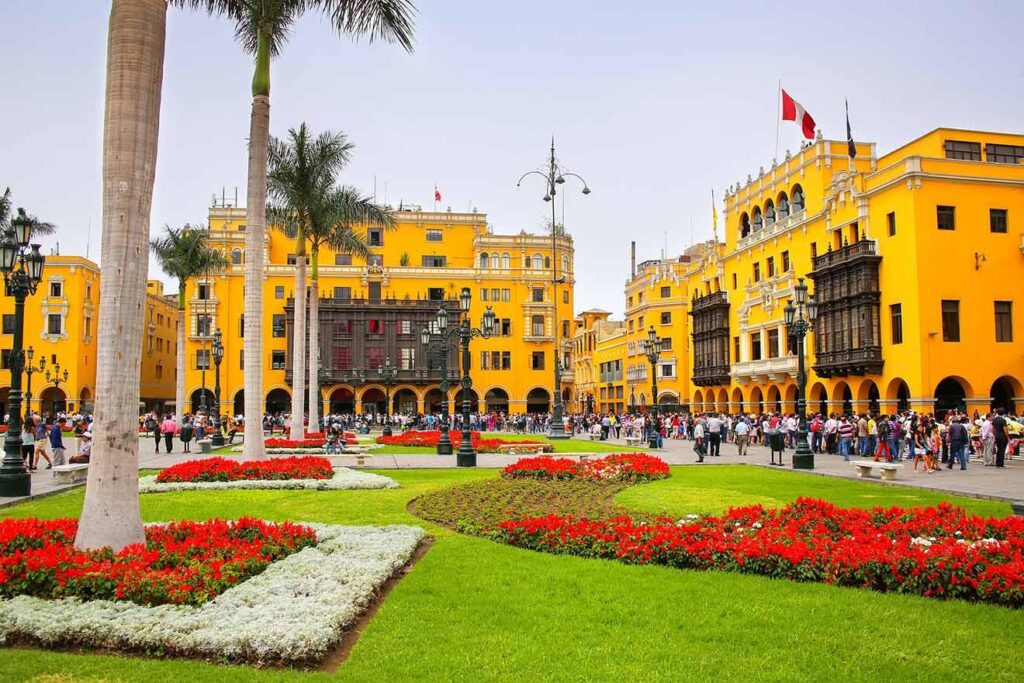
Some of Peru’s traditional food
Ceviche
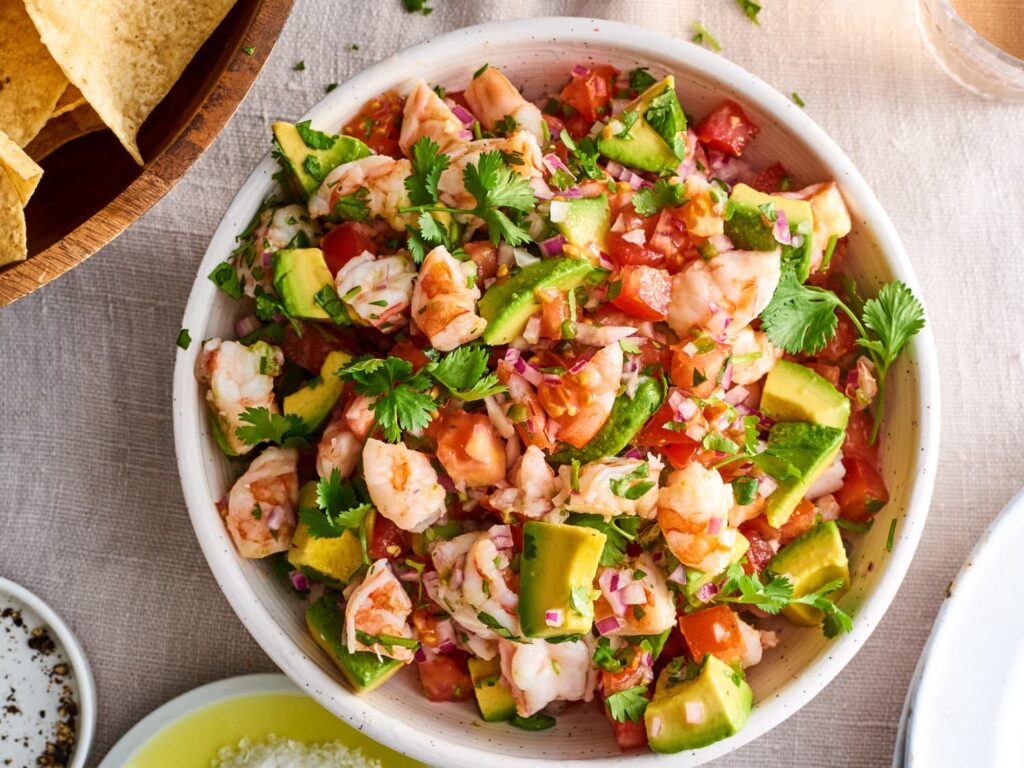
Ceviche is a popular Peruvian dish made from fresh raw fish or seafood that is “cooked” in citrus juices, typically with lime or lemon. It is usually seasoned with red onions, cilantro, and aji peppers, and served with sweet potato and corn.
Lomo Saltado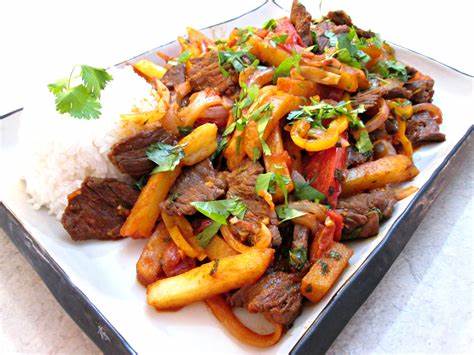
This is a flavorful stir-fry dish made with marinated strips of beef, onions, tomatoes, and peppers, typically served over French fries and rice. It’s a fusion of Peruvian and Chinese flavors.
Why Peruvian Cuisine Stands Out?
- Culinary Diversity: Peru’s cuisine is incredibly diverse, thanks to its geographical features, including coast, highlands, and rainforests. Each region has its own unique ingredients and culinary traditions, resulting in a wide range of flavors and dishes.
- Fusion of Cultures: Peru’s cuisine is a true fusion of cultures, blending indigenous ingredients and techniques with Spanish, African, and Asian influences. This cultural diversity has led to the creation of unique and flavorful dishes.
- Abundance of Ingredients: Peru is blessed with a wide variety of ingredients due to its diverse ecosystems. It offers a vast selection of fresh seafood, native potatoes, quinoa, aji peppers, tropical fruits, and a wide array of herbs and spices.
- Unique Ingredients: Peru is the birthplace of a number of ingredients that have become popular worldwide, including quinoa, amaranth, and purple corn. These ingredients are not only nutritious but also add distinct flavors and textures to Peruvian dishes.
- Traditional Cooking Techniques: Many Peruvian dishes are prepared using traditional cooking techniques that have been passed down through generations. These techniques often involve slow cooking, marinating, and grilling, resulting in rich and complex flavors.
Traditional Costumes in Peru

Chullo and Poncho
In the highlands of the Andes, you’ll often see people wearing chullos, which are knitted, ear-flap hats, and ponchos. These warm and colorful garments are essential for protection against the cold mountain climate.
Pollera and Montera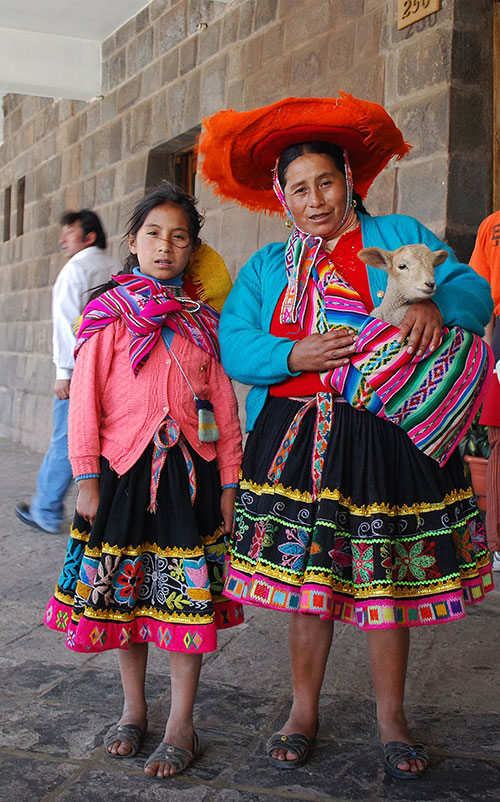
The women in the Andean region, particularly in Cusco, wear polleras, which are vibrant, multi-layered skirts, and monteras, which are decorative headpieces. These outfits are adorned with intricate patterns and embroidery, representing their indigenous heritage.
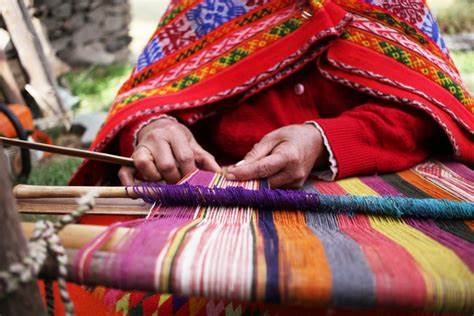
Vicuña and Alpaca Wool Garments
In the southern highlands of Peru, traditional clothing often incorporates garments made from the wool of vicuñas and alpacas. These animals provide high-quality and soft fibers that are used to make various clothing items, such as sweaters and shawls.
Festivals in Peru
Peru is a country with a rich cultural heritage, and it hosts a wide variety of traditional festivals throughout the year, celebrating indigenous traditions, historical events, and religious observances.
Here are some of the traditional festivals in Peru:
Inti Raymi
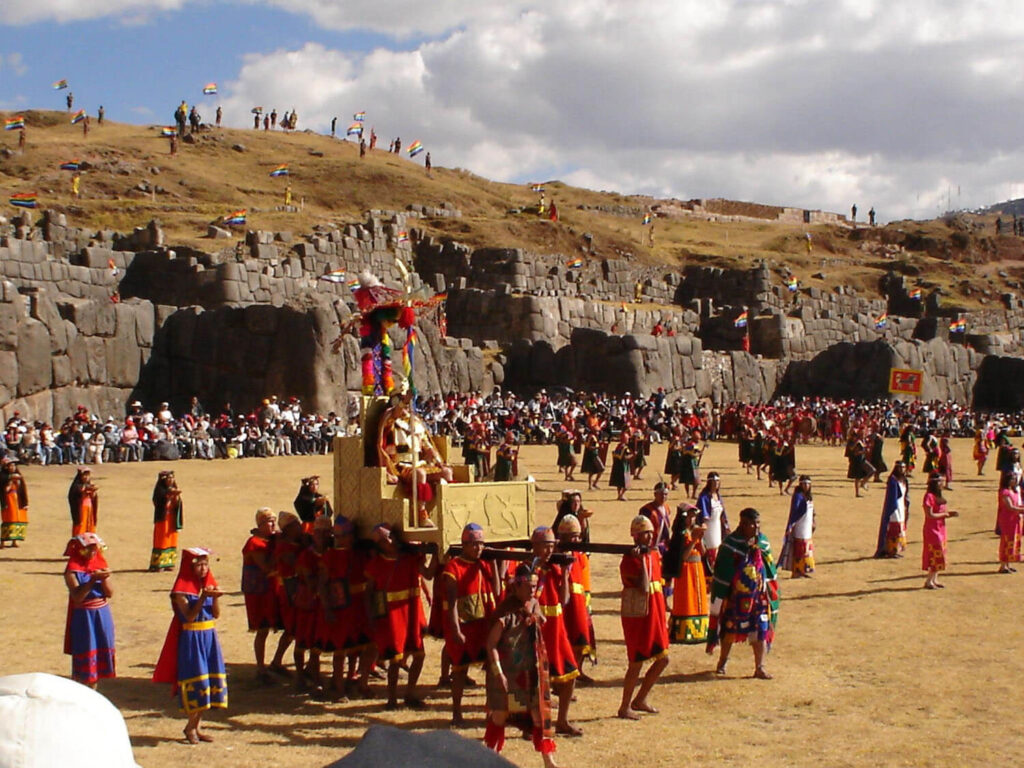
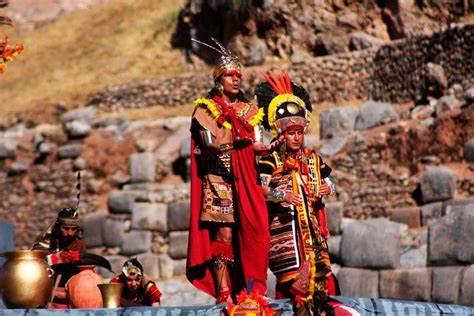
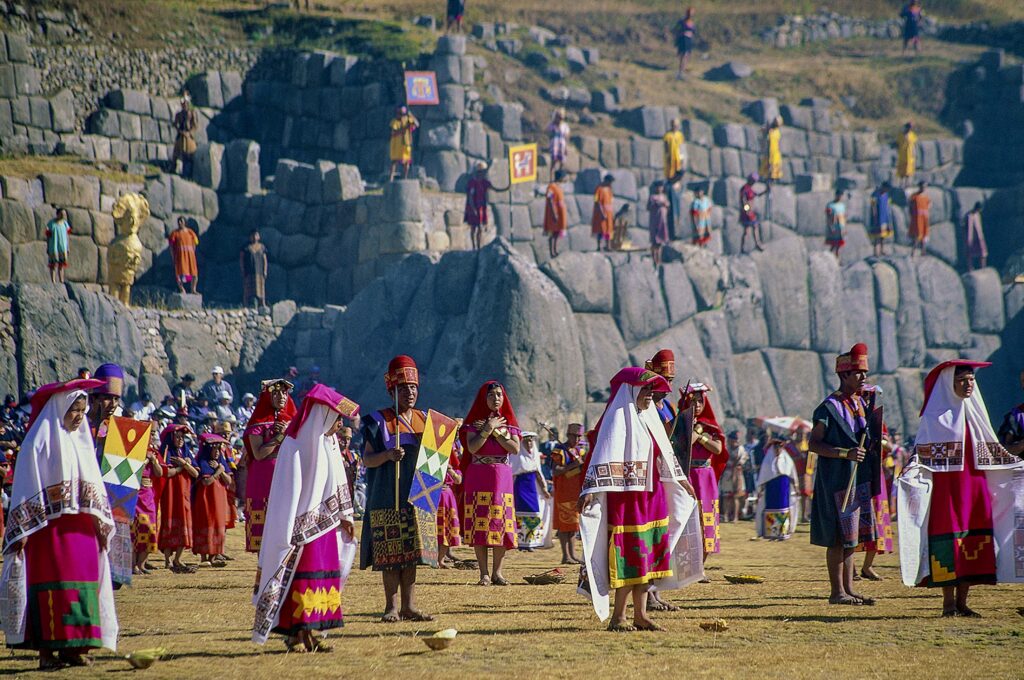
Held in Cusco on June 24th, Inti Raymi is the Inca Festival of the Sun. It is a grand celebration that reenacts ancient Inca rituals and ceremonies to honor the sun god, Inti. The main event takes place at the Sacsayhuaman archaeological site and features colorful processions and traditional attire.
Fiesta de la Cruz
Observed in many parts of Peru, this festival takes place on May 3rd and combines indigenous Andean and Catholic traditions. It involves the decoration of crosses with flowers, colorful fabrics, and traditional dances.
Fiesta de la Marinera
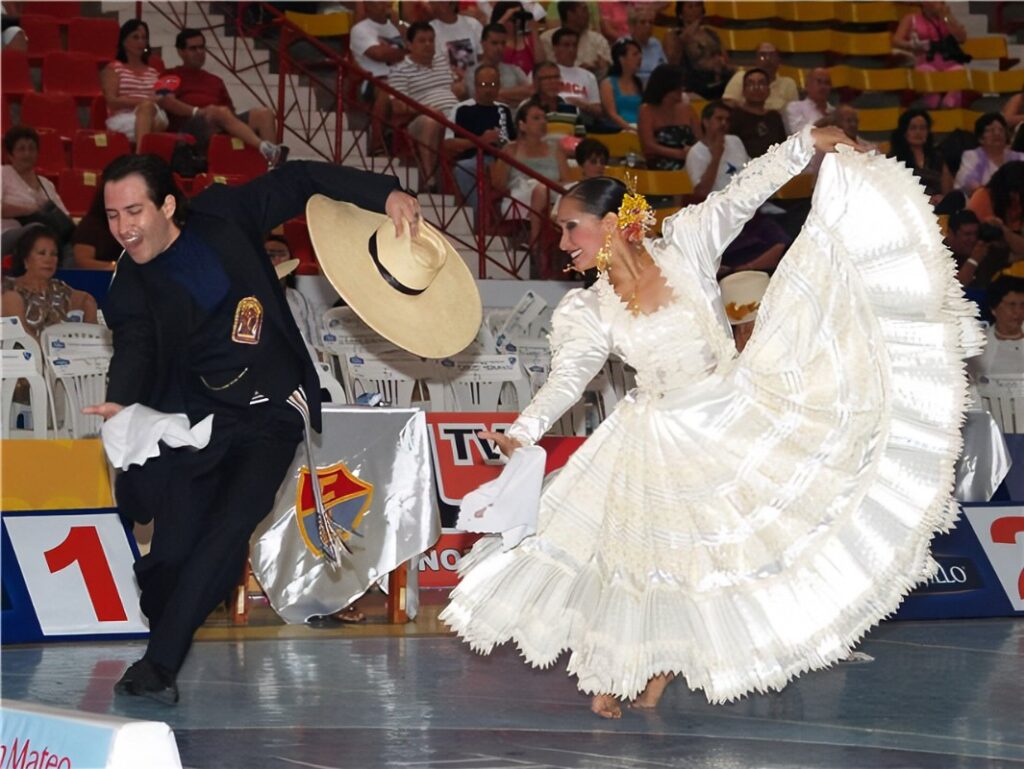

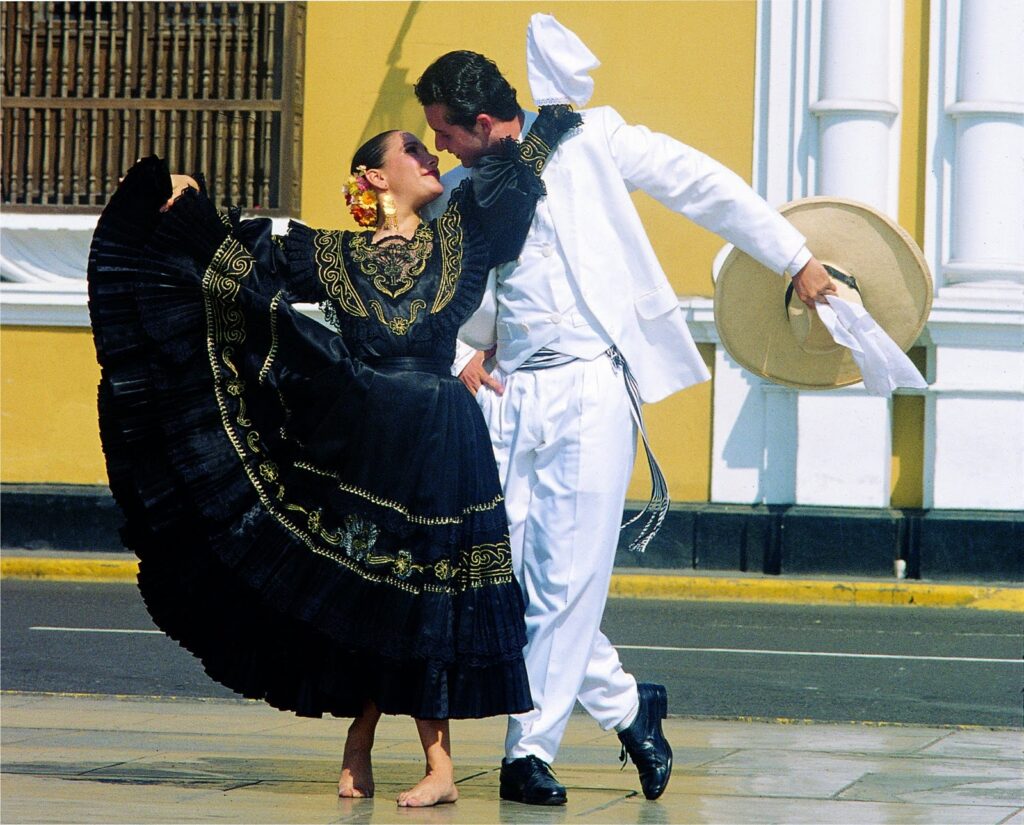
Held in Trujillo in January, this festival celebrates the Marinera, a traditional Peruvian dance. The event includes dance competitions, colorful costumes, and music.
Traditional arts and crafts
Peru has a rich tradition of art and craftsmanship that reflects its diverse cultural heritage, including influences from indigenous, Spanish, African, and Asian cultures.
Here are some traditional art and craft forms in Peru:
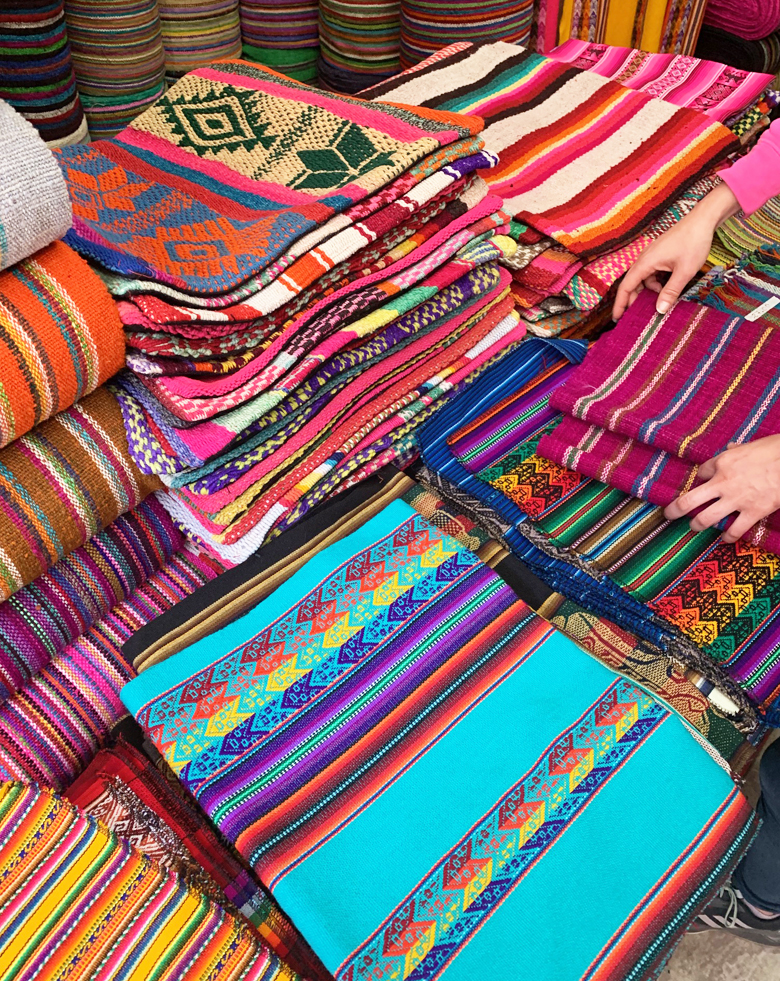
Textiles
Peruvian textiles are renowned for their intricate designs, vibrant colors, and high-quality materials. Indigenous communities, especially in the Andean region, produce a wide variety of textiles, including weavings, blankets, ponchos, and tapestries. Alpaca and vicuña wool are commonly used in the creation of these textiles.
Retablos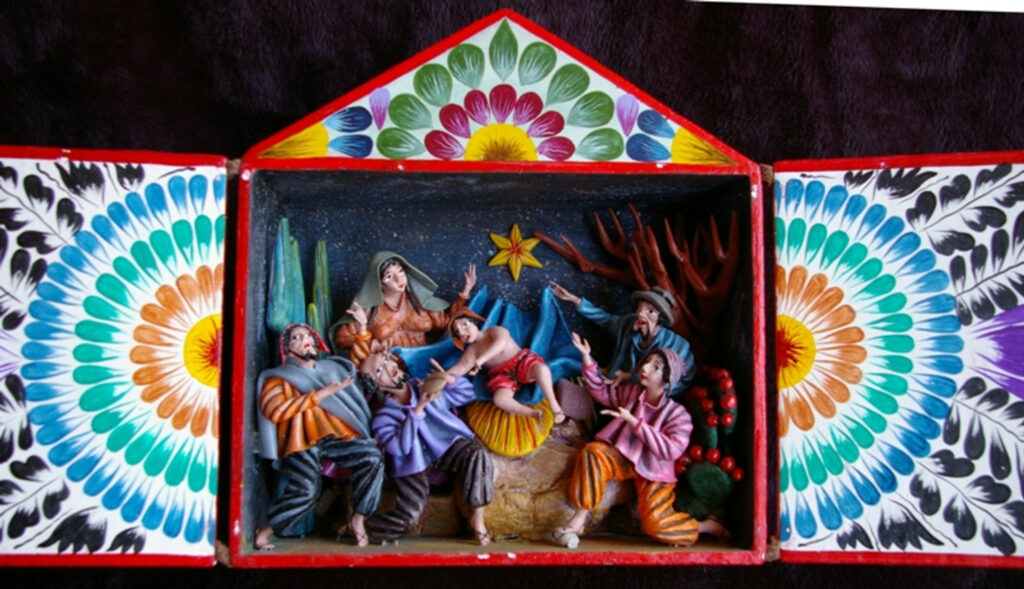
Retablos are three-dimensional, portable wooden shrines with carved and painted scenes depicting various aspects of Peruvian life and culture. The town of Ayacucho is well-known for its retablo craftsmanship.
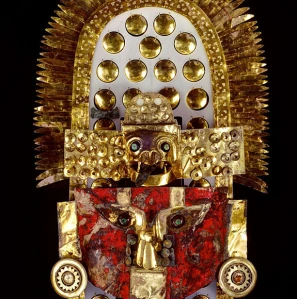
Gold and Metalwork
In northern Peru, you can find gold and metalwork, including filigree jewelry and ornate gold artifacts. The city of Trujillo, in particular, is known for its skilled metalworkers.
Fun Facts about Peru
- World Heritage Sites: Peru boasts numerous UNESCO World Heritage Sites, including Machu Picchu, the historic centers of Lima and Arequipa, and the Nasca Lines.
- Languages: In addition to Spanish, Peru recognizes Quechua and Aymara as official languages, reflecting the country’s indigenous heritage.
- Indigenous Cultures: Peru is home to over 50 distinct indigenous cultures, each with its own traditions, languages, and art forms.
- Pisco: Peru is famous for its grape brandy, Pisco, which is used to make the traditional cocktail known as the Pisco Sour.
All Service-Learning Articles by Month
- November 2023 (11)
- October 2023 (9)
- September 2023 (5)
